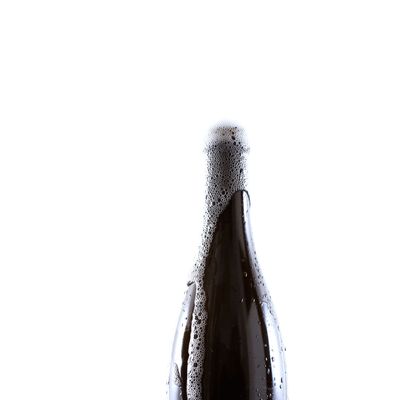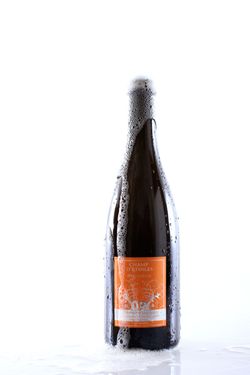
Hey, all you people who care about what makes good wine taste good, did you know that there have been dozens of unsettling scientific studies conducted over the last decade or so that indicate you really have no idea what you’re talking about and you probably don’t enjoy anything because you really like the way it tastes? Take the now-infamous experiments conducted by the French researcher Frederic Brochet: One fooled 54 professionals into thinking white wine with a few drops of added food coloring was actually red wine, which shocked just about everyone. That was followed up by another experiment where Brochet’s team switched the contents of cheap and expensive bottles and fooled most who thought they taste the difference.

Expectation, David McRaney points out at Lifehacker, in a book excerpt that ran previously at the Atlantic, is more or less everything. Much depends on packaging and how things are sold, so, under the right circumstances, “wine connoisseurs have a hard time telling $200 bottles from $20 ones.” In yet another telling study, wine tasters were served cheese with two wines, from California and North Dakota, and were asked to rate the pairing. Alarmingly, snackers “rated the cheese they ate with the California wine as being better quality” than the one purportedly from North Dakota, presumably because no one expects much from North Dakota’s grapes.
While there is a lot to be said for the overall oomph of the global wine economy and there may be all sorts of alarms to sound in a world where there’s nothing much to discern between swill and fine vintages, it’s maybe time to start (carefully) unpacking the mythology of the Brochet experiments. A list of preselected descriptor words (PDF) was an integral part of the food-coloring experiment, informing the general character of the results, after all. Isn’t giving a participant their vocabulary, in a way, sort of like a magician forcing a card on a rube?
Moreover, studies that require participants to express information about what they’ve tasted, or describe how anything tastes at length, never really seem to be a reflection of non-clinical life. It may be profane to say this on a food blog, where it’s often our job to explain why good food tastes good.
Jonah Lehrer — infamous for other reasons — invoked yet another now-famous experiment about wine tasting and perception, once for Wired, then pretty much again for The New Yorker: Subjects in a Caltech study were hooked up to monitors and placed inside an fMRI machine. Then they were given wine! Fun! Participants sipped from what they were told were $90 bottles of wine, then got pours from bottles that purportedly cost $5. Unsurprisingly, the subjects’ orbitofrontal cortexes tend to go wild with the pricier wine, which was in fact the same wine every time, and the “more expensive wines made this part of the prefrontal cortex more excited.”
Of course, nothing says “hey, relax and give me an honest answer” like a wine-tasting conducted inside a heavily padded room, surrounded by white coats and technicians who make you sign a three-page consent form before entering asking if you have any pacemakers, stents, or shrapnel embedded in your body. Or about prior surgeries, or known allergic reactions, like the one you may have to the contrast agent they’re about to inject you with. It all just seems a little too … tasteless to begin with.
People are easy to fool, for sure, and we are no doubt fooled all the time. But at the end of the day, do any of these studies really tell us about why we enjoy what we enjoy? Let us know in the comments.
Why We Can’t Tell Good Wine From Bad [LifeHacker]




